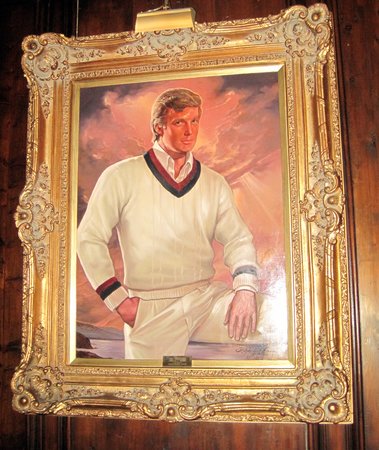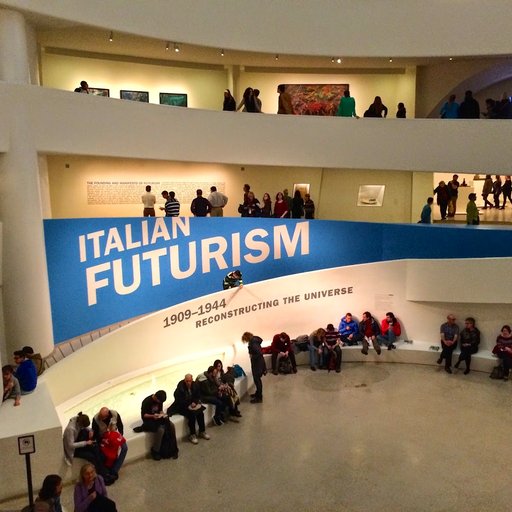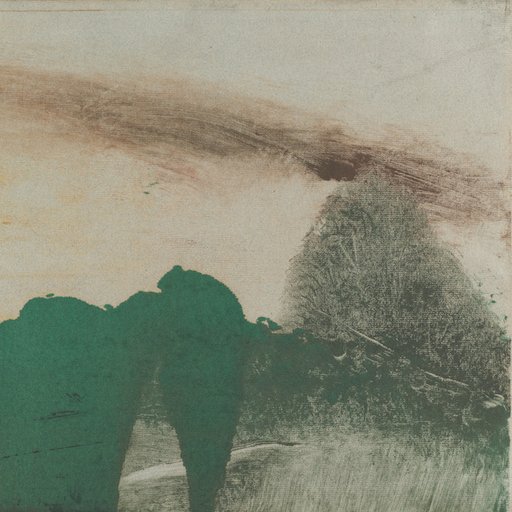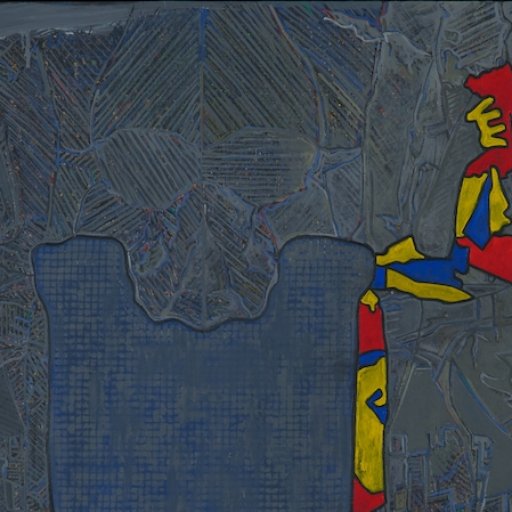In the mid-1980s, the sales force at Christie’s auction house was on a mission. The brother-in-law of one of their front-desk “counter girls” was quite wealthy, and the specialists were keen on tempting this 30-something mogul into buying fine art. Strategies were weighed, sales packets were made up, dossiers about different masterworks were messengered over.
You might think it had worked, because photos of the gentleman’s living room today clearly show Pierre-Auguste Renoir’sLa Loge on the wall, a painting Christie’s sold a version of at auction in 1989. The only problem: the gentleman’s Renoir is a fake. (The real one is safely ensconced at the Courtauld in London.)
“They [the pitches] never got through—we never got through” says an ex-Christie’s executive of the auction house’s unsuccessful campaign to hook that young man, now presumptive Republican presidential nominee Donald Trump, on art. (Trump’s sister-in-law Blaine later became an executive in acquisitions at Christie’s, but is no longer with the house). And Christie’s wasn’t half as disappointed by the mogul as Andy Warhol was: the artist famously did a series of silkscreens of Trump Tower for Donald and then-wife Ivana on spec, only to have them spurned for not matching the lobby décor.
Much has been written about the current presidential contestants’ opinions on the arts: the importance of education, the role of federal funding, etc. But not much attention has been paid to what they actually hang on their walls. After talking to art dealers, socialites, and artists who’ve met with the candidates, and looking at their interviews and purchases back across the decades, the good news is the next White House's décor is likely to be an improvement on Teddy Roosevelt’s penchant for moose heads. That said, it turns out the Chief Executive with the most love of art in recent years was probably Sunday painter George W. Bush.
Art and politics don’t tend to mix well, at least in the United States, gallerists report. “It doesn’t get them any votes,” says one dealer, who notes that the one politician he did deal with “would have rather be caught photographed holding a whip than have it get out he bought Impressionist pictures.”
Here’s part one of our look at the role fine art has played in the presidential candidates' lives, with part two devoted to the Democratic field.
Donald Trump
Trump’s interactions with the world of art appreciation have been largely in the role of a antagonist. It makes sense, because he seems to have been a scion of one: 50 years ago, his father’s Brooklyn housing development decimated the historic Steeplechase Park in Coney Island. According to Coney Island: Lost and Found, a history of the amusement area, the elder Trump even held a “demolition party,” at which invited guests threw bricks through the park’s façade.
The apple doesn’t fall far from the brass-plated tree. In his first major brush with the media in 1980, the younger Trump ran equally afoul of preservationists. While building Trump Tower, he famously had the Art Deco bas-reliefs on the Bonwit Teller department store jack-hammered, even though the Metropolitan Museum of Art had asked him to salvage them at no extra cost. Interestingly, a New York Times story critical of the move merely referred to a "real estate developer,” as he was barely known at the time.
The Times quotes Trump spokesman “John Barron,” the infamous alias the candidate admitted to using in misleading interviews with the press, as saying experts had deemed the 1929 limestone panels as “without artistic merit.” Later, Trump himself said the removal would have endangered passers-by. In a Times magazine story the same year, Trump stated he loved art and, gesturing at a sketch of Trump Tower noted, “If that’s not art, I don’t know what is.”
But what about art in the billionaire’s own collection? In one particularly delicious anecdote, some visitors on a tour of his Palm Beach Mar-a-Lago estate are told this art-related tale:
When Trump moved in to the Palm Beach estate, a local artist sent over a portrait of the developer. According to the tour guide, the artist stressed that it was a gift. But a hand was missing from the portrait. If Trump would like it finished there would be a fee.
The portrait, including a left hand, now hangs in the library of Mar-a-Lago. Trump hired another artist to fill it in, visitors are told. (The painter of the portrait, Ralph Cowan, has disputed much of the tale in print, saying he finished the hand, and was paid for it.)
 The portrait at Mar-a-Lago
The portrait at Mar-a-Lago
But the most documentation of Trump’s art-world persona is probably from The Warhol Diaries. Andy and Donald ran into each other frequently on the New York scene in the 1980’s, and Warhol first documented the candidate’s visit to the Factory in an April 24, 1981, entry: “Marc Balet [art director of Interview magazine and a mutual friend] told Donald Trump that I should do a portrait of the [Trump Tower] building that would hang over the entrance to the residential part.… He’s a butch guy. Nothing was settled, but I’m going to do some paintings anyway, and show them to them.”
 Warhol's depiction of Trump Tower
Warhol's depiction of Trump Tower
The result, according to the blog for the Warhol Museum, “was a beautiful series of multilayered paintings in black, silver, and gold; some with a sprinkling of Warhol’s glittering diamond dust. Although the commission had not been officially settled, as the Trumps had not paid for any work, Warhol felt confident. But when the couple arrived August 5, the deal didn’t go as expected.”
Warhol had done eight different silkscreens of the tower and “it was a mistake, I think it confused them,” he later wrote in the diary. “Trump was very upset that it wasn’t color-coordinated. They have Angelo Donghia doing the decorating so they’re going to come down with swatches of material so I can do the paintings to match the pinks and oranges. I think Trump’s sort of cheap, though, I get that feeling. “
Warhol later ran into Ivana at a birthday party. “When she saw me she was embarrassed and she said, ‘Oh, whatever happened to those pictures?’” One to nurse grudges, in 1984 Warhol wrote: “I still hate the Trumps because they never bought the paintings.” (He's hardly the only artist to hate Trump, as visitors to FIAC last year might know.)
Donald Trump, on the other hand, seems to have admired at least one element of the Pop artist's approach. He has quoted him in two of his books—the line, from Warhol’s 1975 book The Philosophy of Andy Warhol, “Being good in business is the most fascinating kind of art. Making money is art and working is art and good business is the best art.” It's quite possible the only art that interests Trump is that of the deal.
























